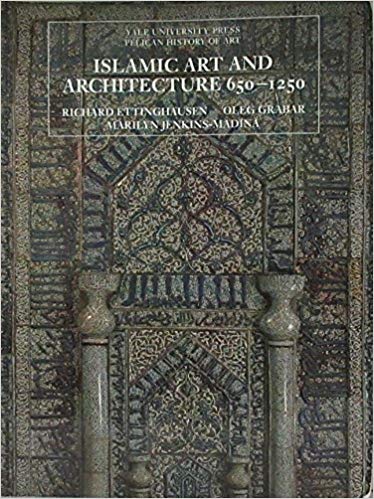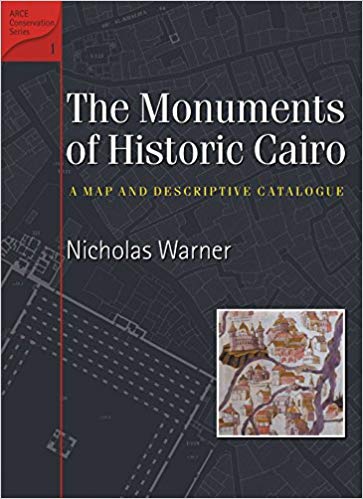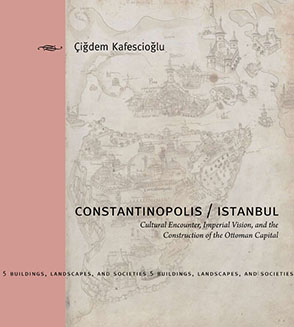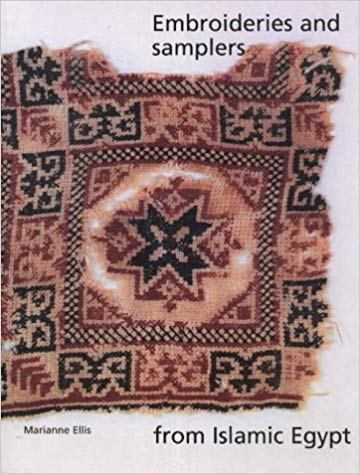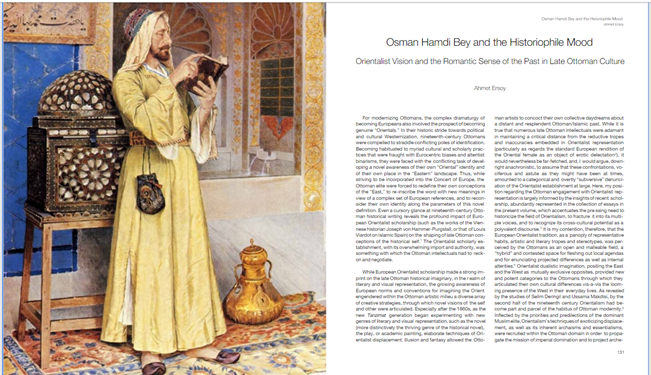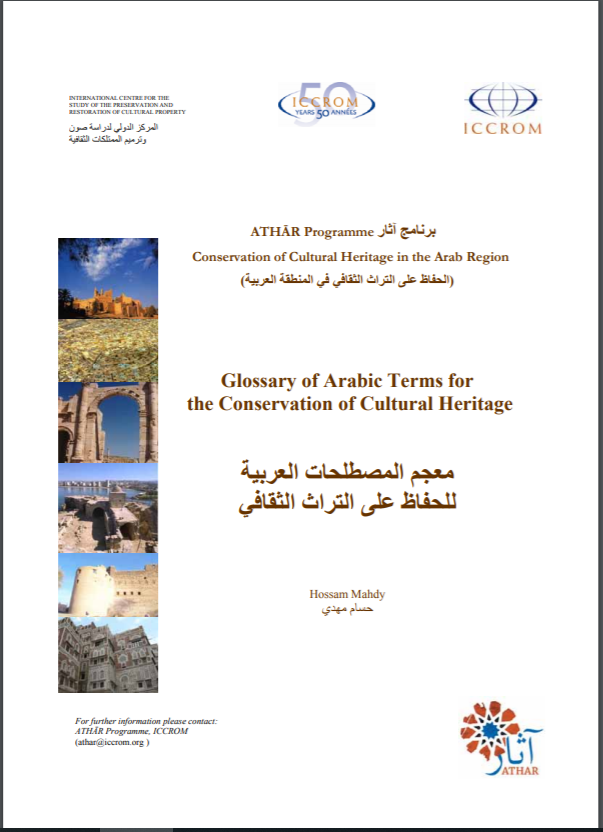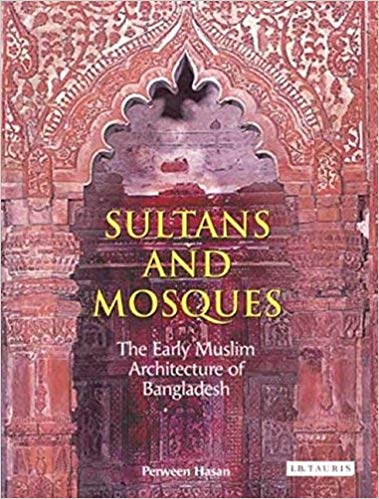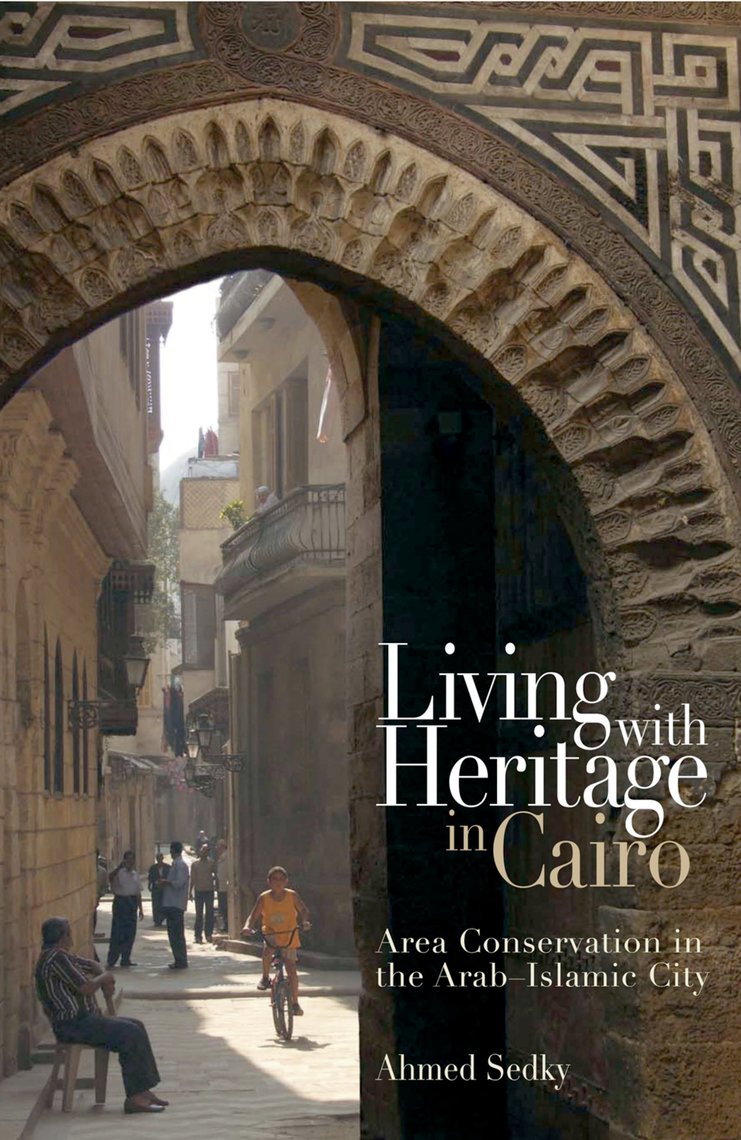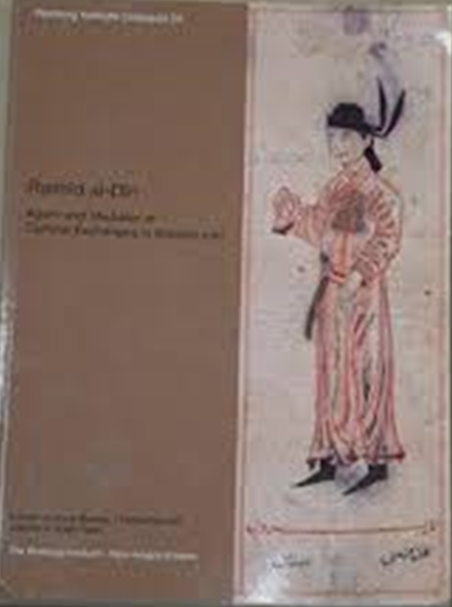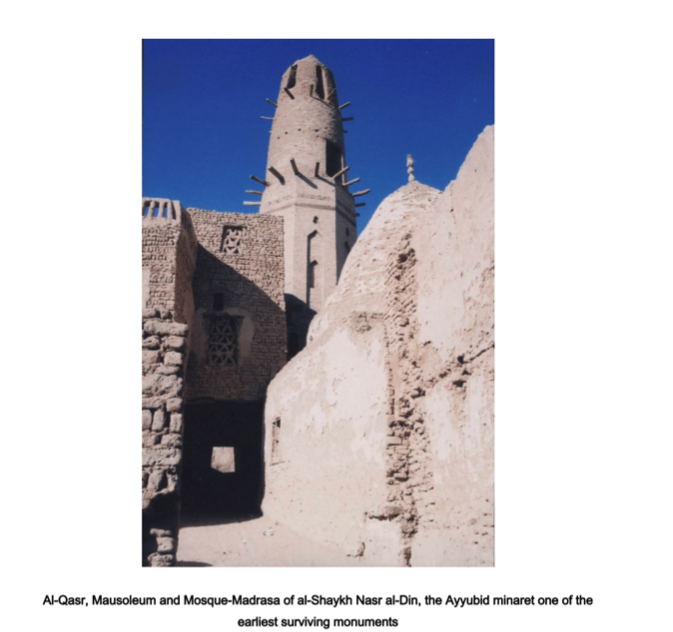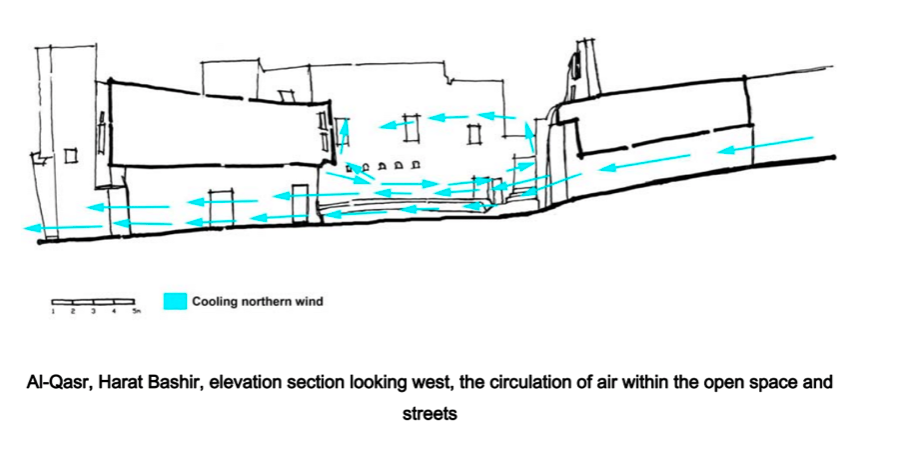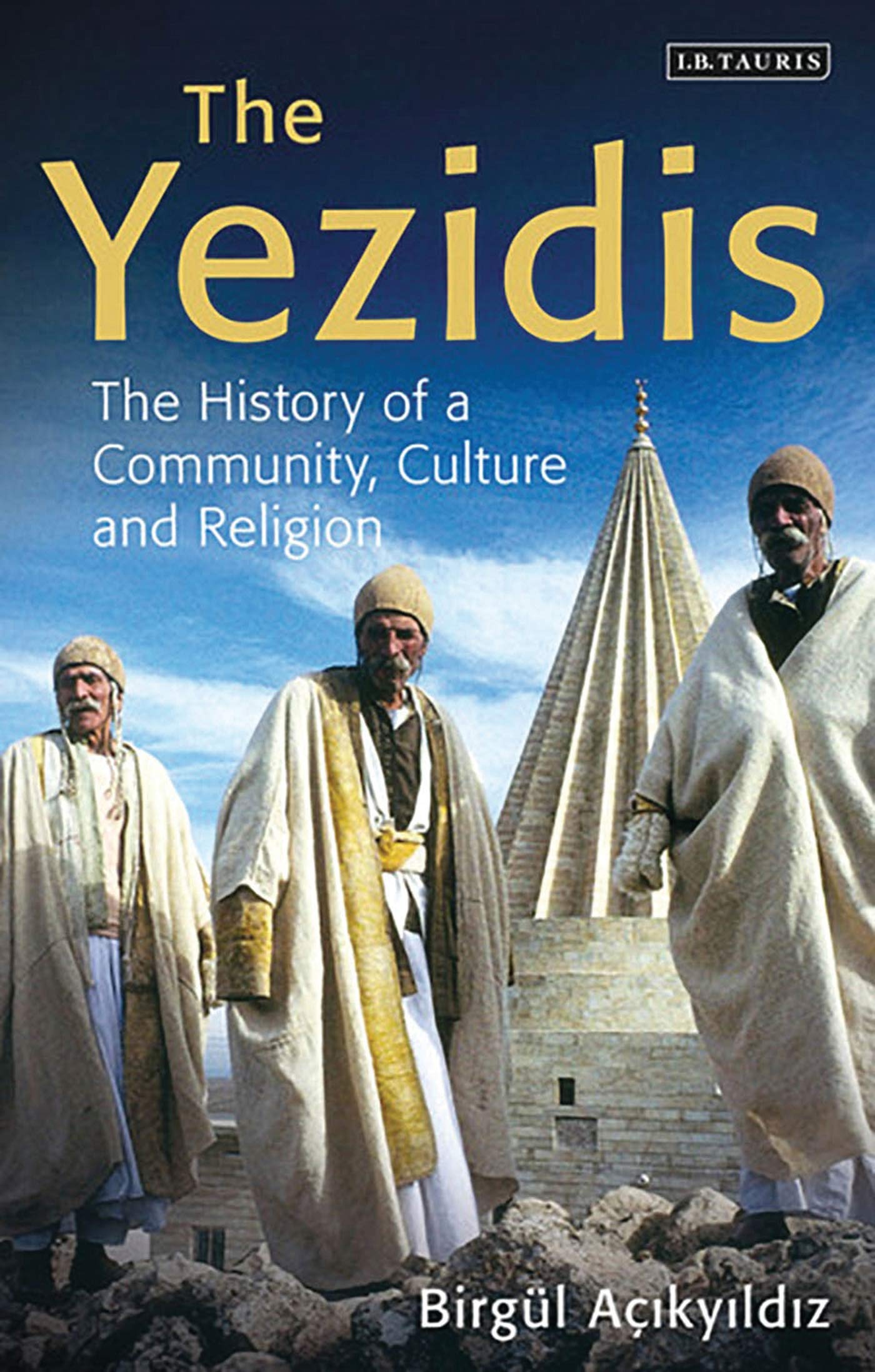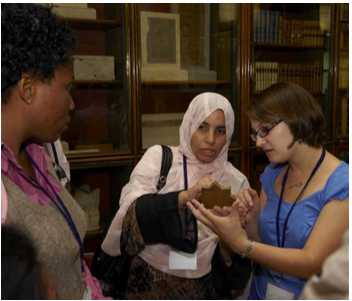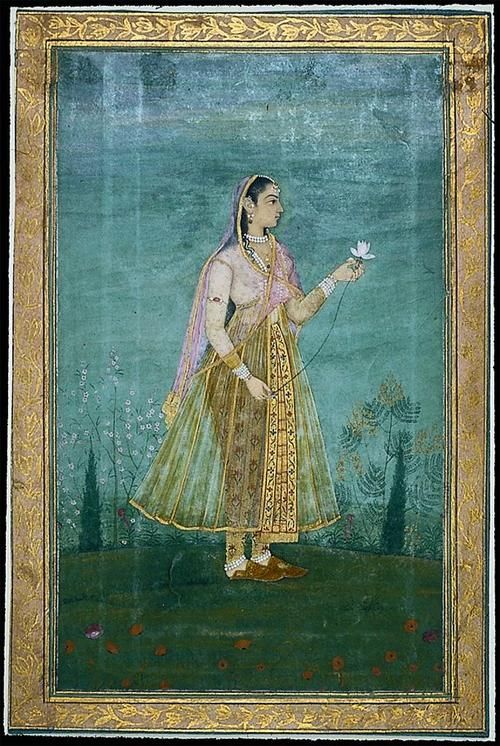35 years of support
Over 700 projects supported
Over 40 countries
Zakat Support
The Barakat Trust has survived on the generosity of its individual and corporate donors. The Barakat Trust needs your support to continue its work.
Each year The Barakat Trust raises funds to provide financial aid for tuition and fellowships, conservation, excavation, publications, exhibitions, conferences, and surveys.
Please give generously to support our continued legacy.
What is Zakat?
Zakat, or almsgiving, is one of the five pillars of Islam, along with prayer, fasting, pilgrimage (Hajj) and belief in Allah (SWT) and His Messenger, Prophet Muhammad (SAW). For every sane, adult Muslim who owns wealth over a certain amount – known as the nisab – he or she must pay 2.5% of that wealth as Zakat.
“…and those in whose wealth there is a recognised right, for the needy and deprived” (Qur’an 70:24-5)
Zakat Support
Support our annual grant-giving programme by making a donation!
The Barakat Trust has survived on the generosity of its individual and corporate donors. The Barakat Trust needs your support to continue its work. Each year The Barakat Trust raises funds to provide financial aid for tuition and fellowships, conservation, excavation, publications, exhibitions, conferences, and surveys.
Your donation will contribute to enabling us to support and promote the study and preservation of Islamic art, heritage, architecture and culture for future generations.
- £11,500 will fund a senior scholar on a taught masters
- £23,000 will fund an International Studentship
- £1,725 will fund a travel grant for fieldwork and study, attending conferences, and participating in educational and/or training programmes
- £11,500 will fund a research, educational and/or training programmes, and other projects relating to the archaeology, the conservation and the history of the material and visual culture of Muslim societies.
- £8,050 will fund a conservation project or the training of a conservator in the fields of Islamic art and architecture.
- £6,900 will fund a major publication on Islamic art, architecture, archaeology etc.
- £11,500 will fund making available online any major collection of Islamic art, architecture and archaeology
- £20,700 will fund Postdoctoral Scholarship at the University of Oxford
- £13,527 will fund a University of Oxford Studentship
Please give generously to support our continued legacy.
Examples of projects supported!
The Traditional Architecture of Saudi Arabia
Saudi Arabia encompasses a greater variety of architectural styles than any other country in the Arabian peninsula. The buildings of the coastal, mountain and plains regions are entirely distinctive and local in their character. By contrast, several towns, especially Mecca and Medina, have naturally been [...]
Constructions of Power and Piety in Medieval Aleppo
In the twelfth and thirteenth centuries, the Ayyubid dynasty brought unprecedented architectural development to Aleppo, the most important city in medieval Syria. While early Islamic empires usually expressed their grandeur by founding new cities with vast extra-urban palaces, the Ayyubids asserted their power by "modernizing" [...]
Islamic Art and Architecture, 650-1250
This richly illustrated book provides an unsurpassed overview of Islamic art and architecture from the seventh to the thirteenth centuries, a time of the formation of a new artistic culture and its first, medieval, flowering in the vast area from the Atlantic to India. Inspired [...]
The Monuments of Historic Cairo: A Map and Descriptive Catalogue
Comprising thirty-one maps at a metric scale of 1:1,250 and a descriptive catalogue, The Monuments of Historic Cairo marks the first time that the city's significant architectural heritage has been mapped in ground plan within the present-day urban context. The work surveys an area of [...]
Early Persian Painting : Kalila Wa Dimna Manuscripts of the Late 14th Century
"Kalila and Dimna" or "The Fables of Bidpai" is one of the gems of world culture, having been translated through the centuries everywhere from China to Spain. "Kalila and Dimna", like the fables of Aesop or Lafontaine, are subtle and suggestive moral tales - a [...]
A Survey of Architectural Remains along the Mughal Highway from Agra to Lahore
This study makes use of the primary sources like ancient texts, and medieval chronicles retrieved initially from Indian archives, and studies of archaeological survey of India reports, district and state Gazetteers. Author : Subhash Parihar The publication can be purchase from here : https://www.abebooks.co.uk/9788173053351/Land-Transport-Mughal-India-Agra-Lahore-8173053359/plp
Constantinopolis/Istanbul: Cultural Encounter, Imperial Vision, and the Construction of the Ottoman Capital
A symbolic locus embodying myriad meanings, the political center of the eastern Mediterranean, and one of the old world’s largest urban centers, Constantinople was the site of large-scale urban and architectural interventions. Changing visions—the changing political, cultural, and religious orientations of those who lived there [...]
Embroideries and Samplers from Islamic Egypt
One of the world's most important collections of medieval Islamic embroideries is to be found in the Department of Eastern Art in Oxford University's Ashmolean Museum. The textiles were collected by the Egyptologist Percy Newberry between 1900 and 1930, while he was living in Cairo. [...]
Osman Hamdi Bey and the Historiophile Mood
Orientalist Vision and the Romantic Sense of the Past in Late Ottoman Culture. Author : Ahmet Ersoy This publication in pdf can be downloaded here : https://www.academia.edu/11300463/Osman_Hamdi_Bey_and_the_Historiophile_Mood
Glossary of Arabic terms for the Conservation of Cultural Heritage
Glossary of conservation terminology (Arabic-English and English-Arabic) developed by Dr Hossam Mahdy for the ATHAR programme and intended for conservation professionals working in the Arab region. This is a preliminary document distributed to invite discussion and comments. Author : Hossam Mahdy This publication in pdf [...]
Sultans and Mosques : The Early Muslim Architecture of Bangladesh
Before the Mughal style came to dominate the Islamic architecture of the Indian sub-continent, Bengal and its rulers had developed their own forms. The mosque architecture of the Independent Sultanate period (from the 14th to the 16th centuries) represents the most important element of the [...]
Living with Heritage in Cairo: Area Conservation in the Arab-Islamic City
The Arab-Islamic city has been always a glamorous urban dream in human cultural memory. This is manifested in Cairo, the world's largest medieval urban system where traditional lifestyles are still implemented. Nevertheless, despite the extensive efforts to preserve Historic Cairo, it is sadly vulnerable. Ahmed [...]
Rashid Al-Din : Agent and Mediator of Cultural Exchanges in Ilkhanid Iran
Rashid al-Din (1274-1318), physician and powerful minister at the court of the Ilkhans, was a key figure in the cosmopolitan milieu in Iran under Mongol rule. He set up an area in the vicinity of the court where philosophers, doctors, astronomers, and historians from different [...]
Vernacular Architecture of the Western Sahara in Egypt: Al- Dakhlah Oasis
The Barakat Trust gave a grant to Dalia Nabil Aly Abdul-Ghany who wanted to study elements that shaped the physical forms of the medieval towns of al-Qasr and Balat on the urban and interior architectural level, learn more about their qualities of living that they [...]
The Yezidis: The History of a Community, Culture and Religion
Yezidism is a fascinating part of the rich cultural mosaic of the Middle East. The Yezidi faith emerged for the first time in the twelfth century in the Kurdish mountains of northern Iraq. The religion, which has become notorious for its associations with 'devil worship', [...]
Glass conservation in Egypt
In 2010 the Barakat Trust endowed a grant to Abdelrazek Mabrouk Elnaggar to support his travels to an important conservation conference in Istanbul, Turkey (IIC Congress,2010) where he presented his work on conserving Egyptian glass using laser cleaning. Abdelrazek is a pioneer in using [...]
International Training Programme at the British Museum 2010
In 2010 the Barakat Trust endowed Hemmat Moustafa Salem with a grant which enabled here to come to London to attend a five week training course at the British Museum entitled the International Training Programme. This was not something new to Hemmat who has extensive [...]
Imperial Women in Mughal India: The Piety and Patronage of Jahanara Begum
At the height of the Mughal Empire's wealth and power, Jahanara Begum, a 17 year old princess, became the head of the imperial harem. Imperial Women in Mughal India shows how this unmarried princess was able to transcend the customary and religious restrictions imposed on [...]



